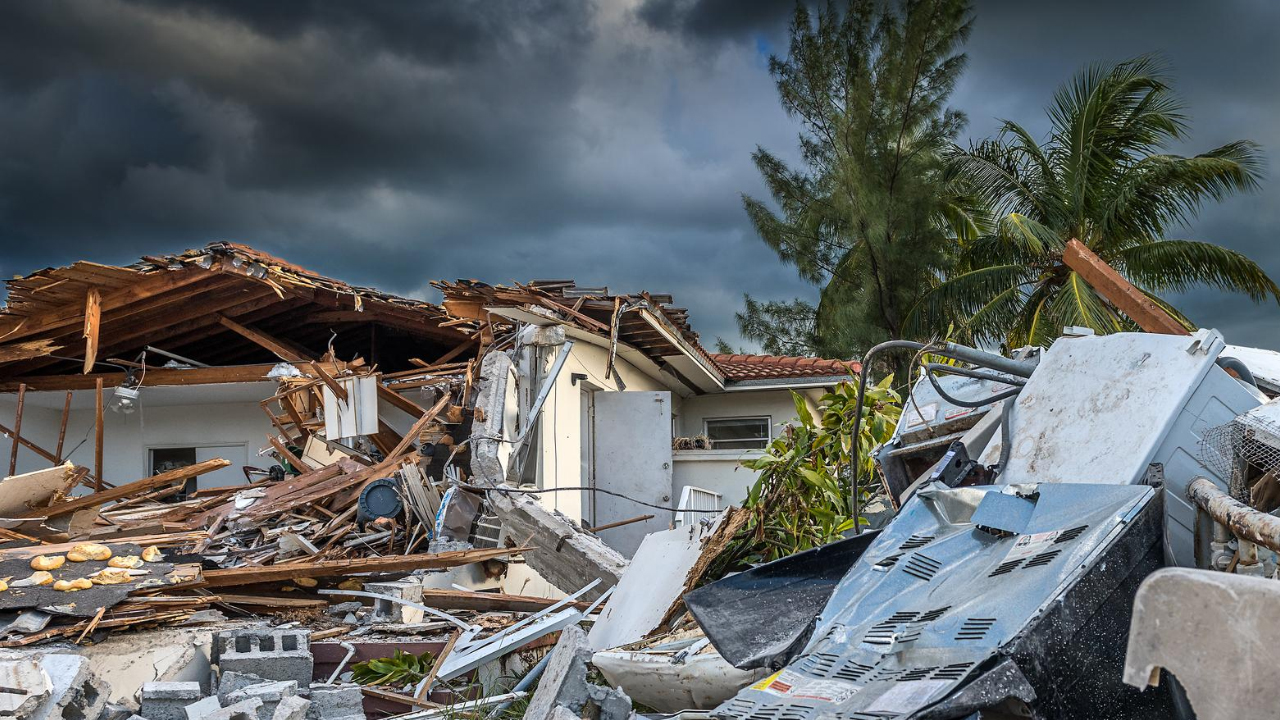
June 29, 2023 — In a simpler world, el Niño was a vocabulary word in seventh-grade Spanish. Now it threatens us with billions — oops, make that trillions — of dollars in insured and uninsured weather losses. A study by a group at Dartmouth College published last month in the prestigious journal Science (El Ninos are far costlier than once thought, in the trillions, study says -- and one's brewing now | AP News) puts that eye-popping potential price tag on the el Niño weather phenomenon thought to be forming now in the Pacific. Science is a peer-reviewed, very serious, major scientific journal. Nonsense and wild speculation do not appear in its august pages, so maybe we should take a look.
Suppose you pay any attention at all to major media weather news. In that case, you have some basic familiarity with the oscillation of el Niño (warmer than usual water) and la Niña (colder than usual water) in the Pacific and how these phenomena are thought to drive significant weather systems, including droughts and heat waves*, worldwide. The news this time is that the el Niño warming trend developing now appears to be greater in degree than any recent cycle and, coming on top of existing trends in global warming, it could drive far more vicious weather than we have seen in the last couple of centuries.
What is especially controversial about this Dartmouth study is how it estimates the cost of el Niño damages. Conventional compilations put the weather damage costs at perhaps one-tenth of what this study's new methodology shows. The Dartmouth team has tried to capture the full- and long-term costs using a fresh approach rather than looking at the immediate clean-up and repair costs, as insurance adjusters do. The lead author put it: "We have this sense that El Niño is a really big hammer that hits the Earth system every few years. But we didn't have as much of a handle on its sort of macroeconomic implications, both what that means just on a year-to-year basis and what that might mean with future global warming."
To get an idea of what the team tried to do, ask yourself this — how much does, say, four years of intense drought actually cost? The damages are often insidious and systemic and appear only in the fullness of time, long after the window has closed on any applicable insurance claims. We like this approach because it considers more than the apparent insured losses or the usual headline-making uninsurable costs that fall just outside policy definitions and limits**. As risk managers, we must consider and mitigate all those risks that conventional insurance doesn't cover. Looking at how the Dartmouth team approaches this task might be useful in helping us conceptualize exposures that don't fall under the usual policy definitions.
The study itself is complex, but the Associated Press summary referenced above is a quick read and explains its fundamental principles well. Maybe all we are threatened with is mere billions in losses — what a relief — but this new approach to understanding total, long-term exposures is worth a look. It's a valuable addition to our growing understanding of risk analytics.
*El Niño is generally thought to suppress hurricanes, among other impacts, but its deleterious effects are as profound, if not as apparent, as named storms.
**Think of the difference this way: how do we understand the total cost of an EF-5 tornado four years after the event instead of four days after?
Author

Dr. Gary Anderberg
Make Gallagher Bassett your dependable partner
When making the right decision at the right time is critical to minimize risk for your business, count on Gallagher Bassett's extensive experience and global network to deliver.

